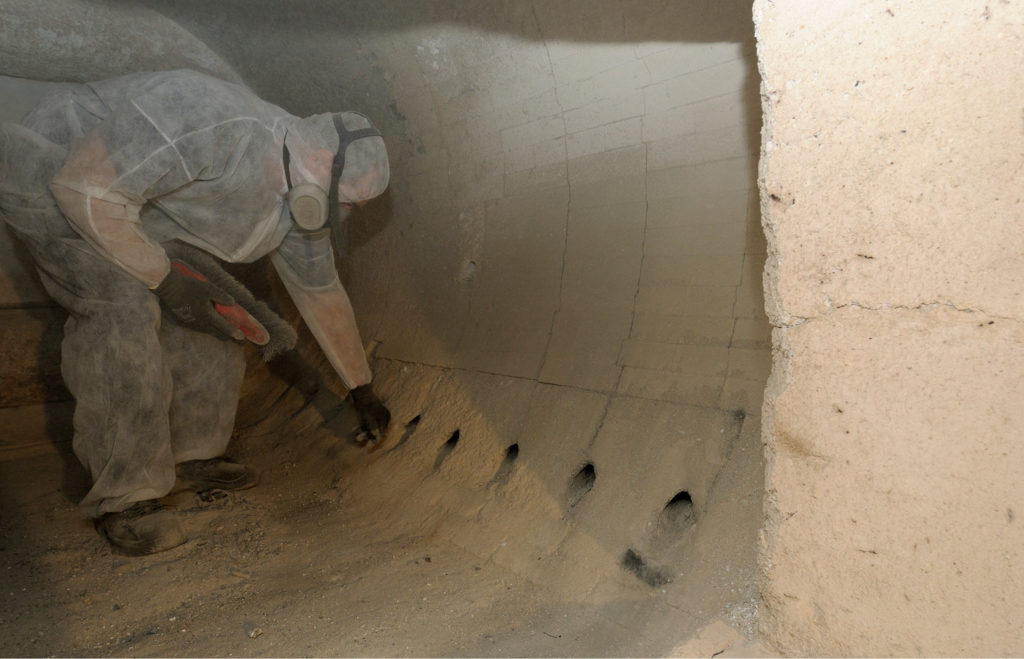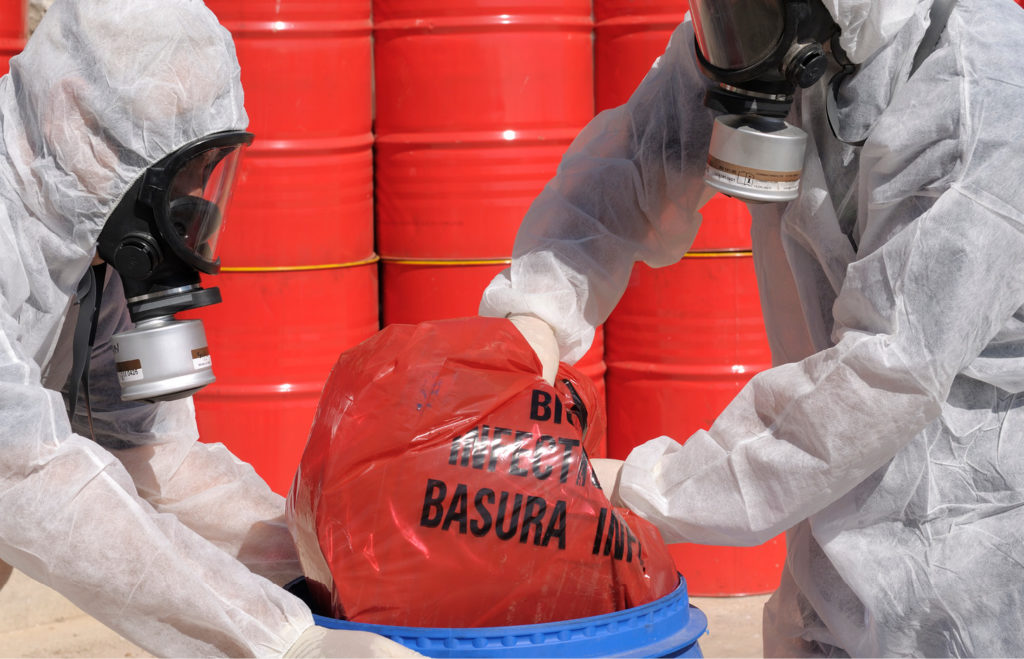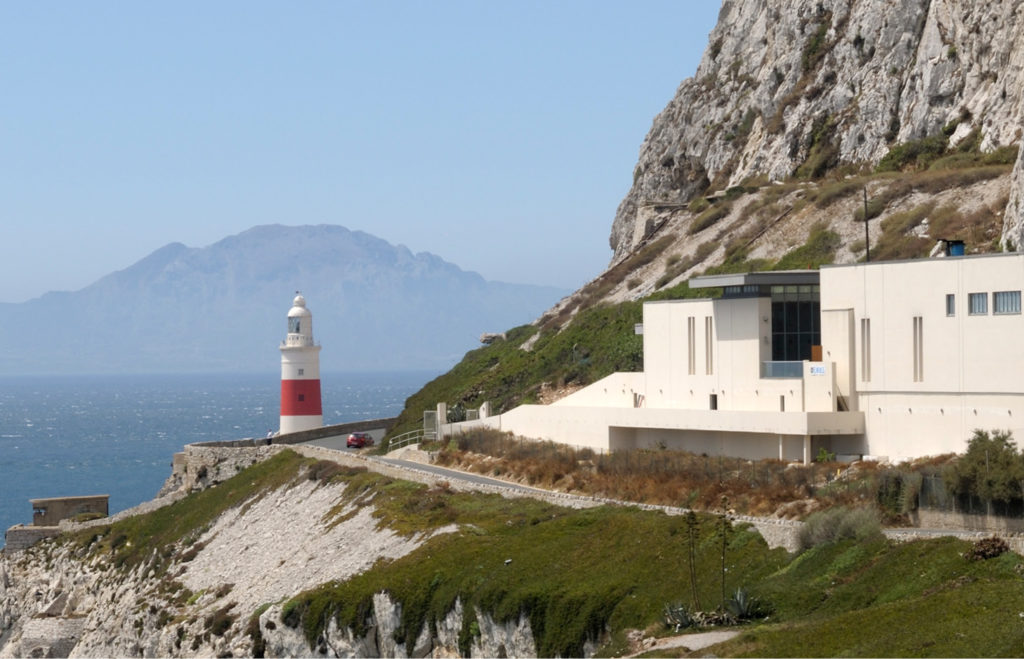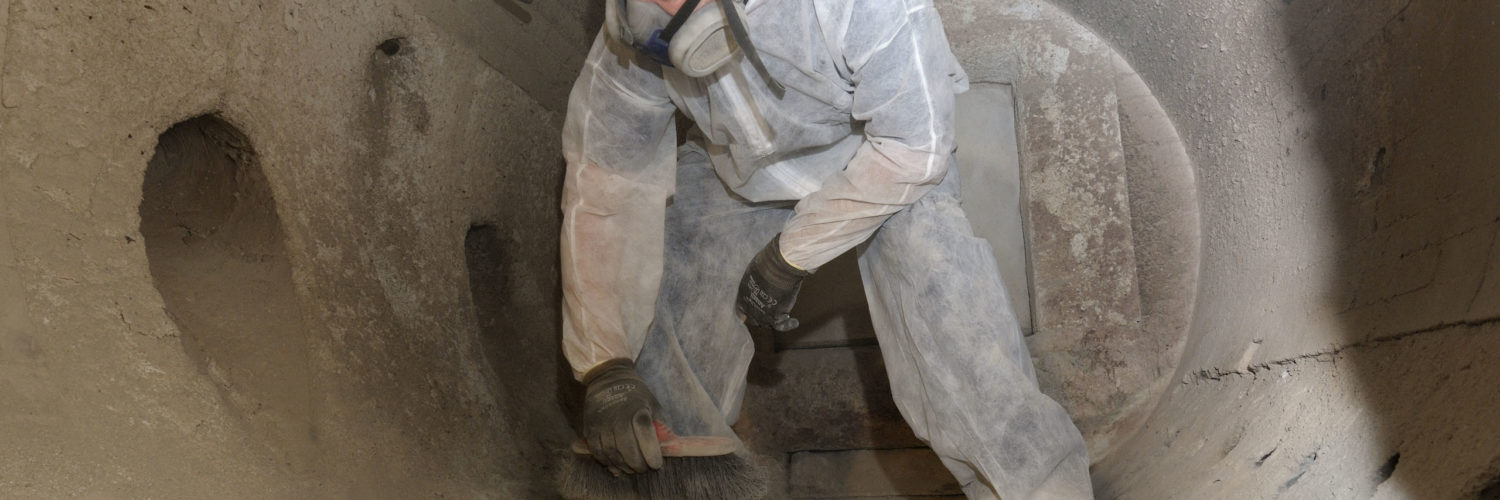EWMS was recently granted a 20-year contract by the Government of Gibraltar to construct and operate the Clinical Waste Incinerator at Governors Cottage.
Since EWMS began, we have been providing a professional service to individuals and to Gibraltar as a whole. Below are some examples of our efforts:
- Since 1994 EWMS has been safely disposing of asbestos for Gibraltar’s leading construction and demolition contractors.
- EWMS has disposed of hundreds of tons of contaminated earth from industrial areas which have been converted into leisure facilities and luxury apartments at Ocean Village and at Tradewinds.

- EWMS removed and safely disposed of over 15,000 tons of contaminated grit on behalf of the Government, this waste was accumulated by various previous operators of the Gibraltar Dockyard.
- EWMS are the hazardous waste disposal contractors for the Ministry of Defense.
- EWMS has been recycling waste fridges produced in Gibraltar.
- EWMS has been recycling end-of-life tyres produced in Gibraltar.
- EWMS dispose of oil-contaminated materials from oil spills and cleanup operations for the Gibraltar Port Authority.
- EWMS safely disposes and treats sludge- and oil-contaminated materials for Gibraltar’s leading Industrial maintenance firms.

- EWMS has disposed of oil sludge and oil-contaminated materials for Chevron Texaco from the Kings Lines oil fuel depot tank cleaning operations.
- EWMS disposes of Gibraltar’s treated sewage sludge for the contractors involved with the sewer maintenance.
- EWMS dispose of fly ash and furnace ash from local incineration businesses.
- EWMS has carried out the decontamination and cleanup of World War II tunnels which were found to be used in the past for the storage of hazardous materials.
- EWMS was contracted by Trinity House, the company which manages the Europa Point Lighthouse at the Strait of Gibraltar, as first choice waste handler for the safe collection and disposal of all the hazardous wastes from the upgrade of the lighthouse. The upgrade included the removal of the old rotating lens and transfer of the Mercury which was in the lens acting as a floating cushion for the rotating Lens, into a UN Approved Transfer Container and subsequent transfer of the mercury to an EU approved site for treatment and storage in compliance with the EU Transfrontier Shipment of Waste Legislation.


